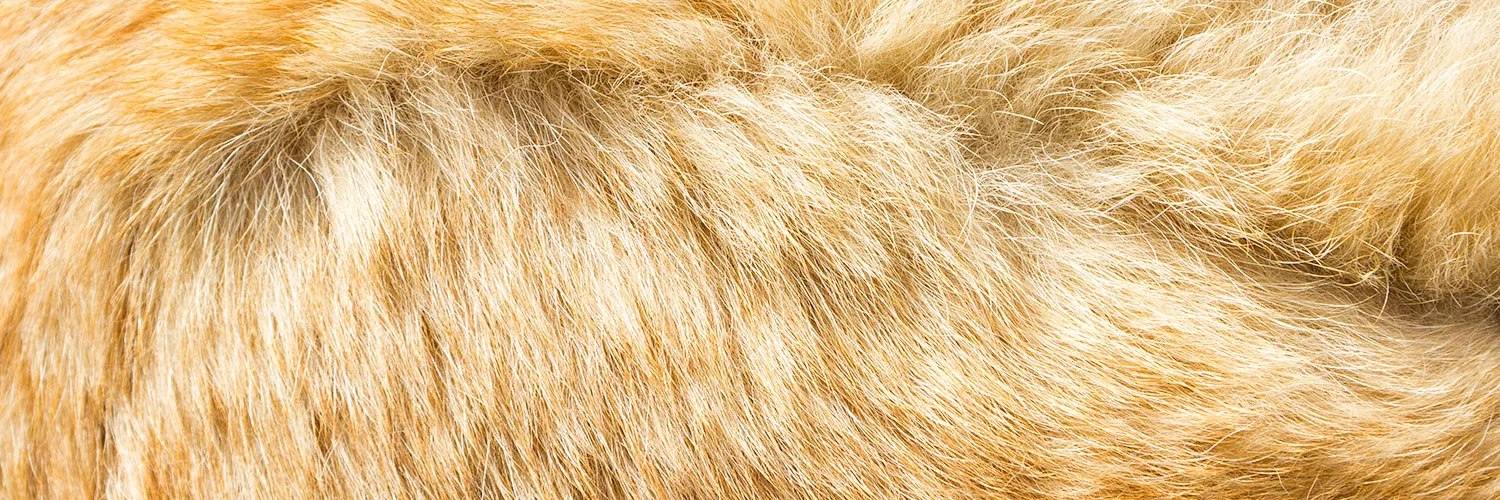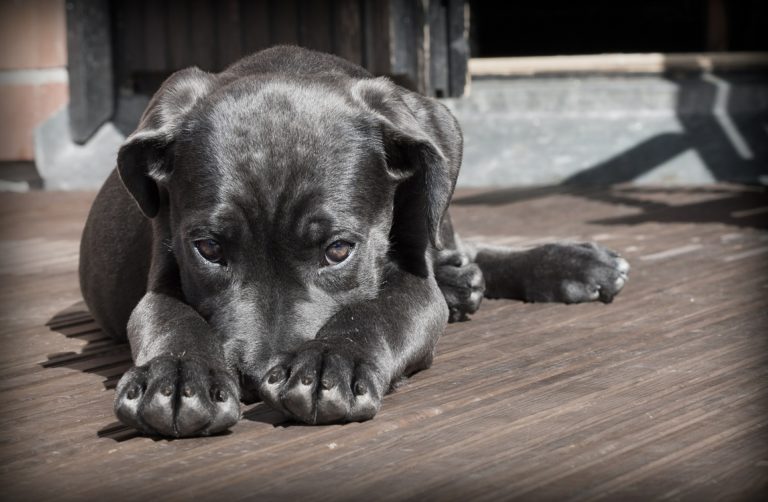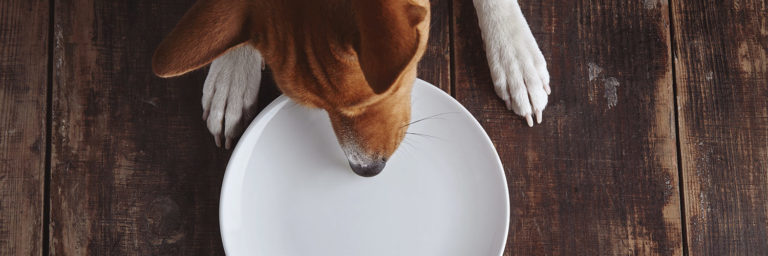How Do Dogs Get Fleas?

Fleas are insects, though many people are confused about them and what they are. They do not fly but they are champion jumpers. There are over 2,000 kinds of fleas in the world. All of them feed on the blood of animals. They live in different places and have preferred hosts, but all of them are perfectly willing to feed on cats and dogs.
Fleas are 2 to 8 millimeters long and their body is divided into three sections: the head, the thorax, and the abdomen. They have three pairs of legs and they are excellent jumpers. Some fleas have jumped over a foot high and they can also spring forward – making it easy to hop on a passing dog. Their flat brown bodies can make them hard to see on pets and they can easily slip through your dog’s fur.
Dogs commonly get fleas by going to a place where there are fleas. Or being near another dog who has fleas. Fleas are good at moving from dog to dog or from dog to floor/ground to dog. Even a visit to your vet’s office could result in your dog picking up some fleas if there are dogs in the waiting area who have fleas. Your dog could bring home some fleas if he plays with dogs at the dog park who have fleas or if there are fleas on the ground that came off other dogs. Your dog can also pick up fleas from cats – fleas are not picky and they are willing to share cats and dogs as hosts. In fact, the most common flea found on dogs is the domestic cat flea. It actually prefers dogs. The common dog flea will feed on dogs, cats, humans, and other animals.
Although they are parasites, they are not like worms. Puppies cannot get fleas before they are born. Fleas have to exist in the environment.
The flea life cycle is not very complicated. A couple of days after a male and female flea mate, the female flea will start laying eggs. She can lay eggs on an animal but the eggs don’t stick to anything so they usually fall to the floor or ground. She can lay about 30 to 50 eggs per day. She can usually produce between 400 and 1000 eggs over the course of her life, depending on her species.
After two days the egg will hatch and larva will emerge. It will begin to feed on the feces (the red grit from blood) left behind by the female flea. During the next few days the larva will develop, go through the pupa stage, and get stuck in your carpet or in the dirt outside. In about a week the pupa emerges as an adult when it thinks there is an animal nearby that can provide it with food. This is usually triggered by warmth, vibrations, or other signs of life. The whole cycle takes about 15 days but if conditions are bad, the pupa can wait much longer to emerge. This can make flea control very difficult because you may think you have eradicated all the fleas only to find that a new batch emerges weeks or months later.
If your dog has a couple of fleas you may not notice at first unless your dog has a flea bite allergy. However, even a few fleas can be dangerous if you have a puppy. They can cause your puppy to develop anemia. Fleas can also lead to a tapeworm infestation.
If you are not sure if your dog has fleas or not, check his skin for signs of flea “dirt” – the dark red grit that is leftover after a flea bites your dog and digests his blood. Or, use a flea comb and run it through your dog’s fur down to the skin. These combs have teeth that are closely-spaced so they are able to find even the smallest fleas. There are many good products to kill fleas now. Talk to your vet or check online to see which flea control product would be best for your dog. If your dog only has a couple of fleas you can probably give him a bath and get rid of them. You could use a natural or homemade flea spray to deter fleas. However, if your dog has more than a couple of fleas or if you live in an area where fleas can be a real problem, you are probably better off using a topical preventive such as Advantage II or Frontline Plus.
If you already have some fleas in your house, you can get rid of them by vacuuming thoroughly and dumping the canister in a garbage can away from your house. Make sure your vacuum your curtains or drapes, your furniture, closets, and in all the tiny crevices in your home. These are all places where fleas might hide or where flea eggs might wait to hatch. You should also wash dog beds in very hot water, along with your bed linens and anything else that your dog has come in contact with. If you have carpets you may want to sprinkle borax powder over them and let it dry out any flea eggs in the carpet, then vacuum again.
For backyards you can use diatomaceous earth to kill fleas and destroy flea eggs before they hatch. You can buy diatomaceous earth at your local garden center. You don’t need to buy pool grade. Agricultural grade DE is fine. You simply need to sprinkle it around your yard. The super fine edges in the DE will expose and dry out the fleas and their eggs.
Dogs with a flea bite allergy will have a strong reaction to even a one or two fleas biting them. They can have extreme itching and scratching and develop lesions. They can lose hair from scratching their skin and the patches can become infected. These dogs are having an allergic reaction to the flea’s saliva. If you suspect that your dog is having this kind of problem, you should take him to the vet. Your vet can confirm whether your dog has a flea bite allergy or if your dog has some other kind of allergy and you can take appropriate steps.






